Home / Albums / People / Physiology 110

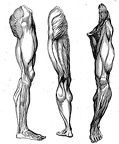 Muscles in the leg
Muscles in the leg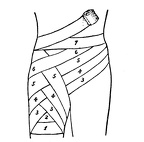 Ascending spica bandage of groin
Ascending spica bandage of groin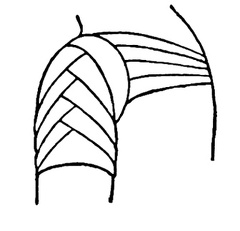 Ascending spica of shoulder
Ascending spica of shoulder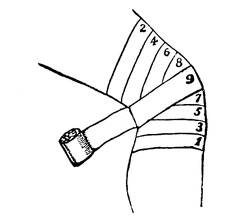 Bandage of the knee
Bandage of the knee Diagrammatic view of the fetal circulation
Diagrammatic view of the fetal circulation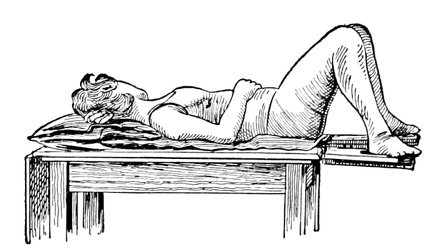 Dorsal recumbent posture
Dorsal recumbent posture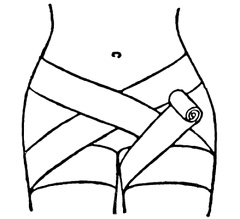 Double spica of groin
Double spica of groin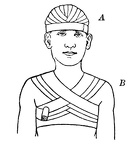 A, Recurrent bandage of the head - B, anterior figure-of-eight bandage of the chest
A, Recurrent bandage of the head - B, anterior figure-of-eight bandage of the chest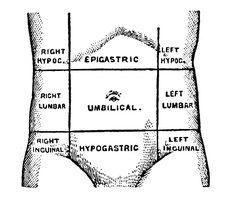 Abdominal regions
Abdominal regions Position of the thoracic and abdominal organs, rear view
Position of the thoracic and abdominal organs, rear view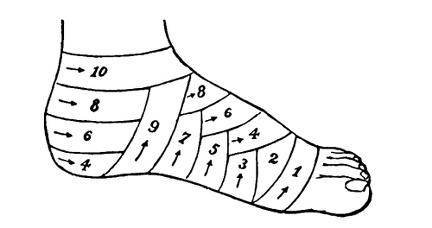 Spica bandage of ankle
Spica bandage of ankle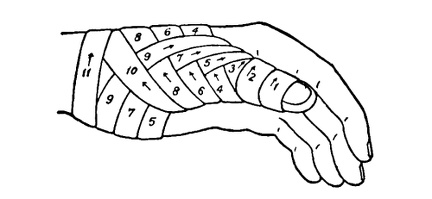 Spica bandage of thumb
Spica bandage of thumb The principal arteries and veins of the body
The principal arteries and veins of the body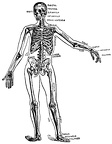 The skeleton
The skeleton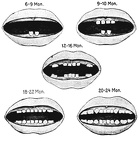 Eruption of the deciduous teeth
Eruption of the deciduous teeth Figure-of-eight bandage of forearm
Figure-of-eight bandage of forearm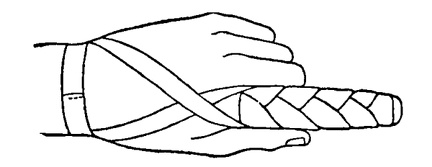 Finger bandage
Finger bandage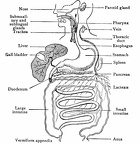 General scheme of the digestive tract
General scheme of the digestive tract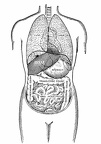 Position of the thoracic and abdominal organs, front view
Position of the thoracic and abdominal organs, front view Diagram showing the action of the straight front corset
Diagram showing the action of the straight front corset Muscles of the anterior surface of the trunk
Muscles of the anterior surface of the trunk The abdominal corset
The abdominal corset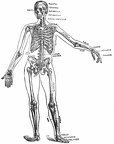 The skeleton
The skeleton Muscles of the anterior surface of the trunk 2
Muscles of the anterior surface of the trunk 2 Muscles of the posterior surface of the trunk
Muscles of the posterior surface of the trunk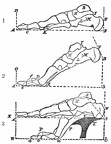 The natural and artificial positions of the foot
The natural and artificial positions of the foot The spinal column
The spinal column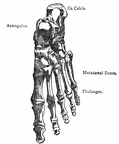 Upper surface, bones of foot
Upper surface, bones of foot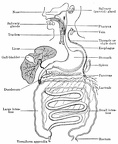 General scheme of the digestive tract
General scheme of the digestive tract Muscles of the right side of the head and neck
Muscles of the right side of the head and neck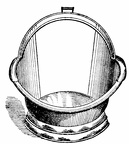 Sitz-bath tub made of tin
Sitz-bath tub made of tin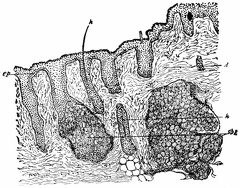 Vertical section of skin
Vertical section of skin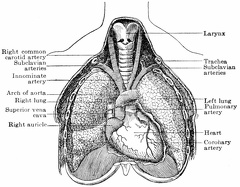 Front view of heart and lungs, showing relations to other thoracic organs
Front view of heart and lungs, showing relations to other thoracic organs Location of the viscera of the body
Location of the viscera of the body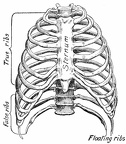 The bony thorax, anterior view
The bony thorax, anterior view The ribs removed, showing relation of thoracic to abdominal viscera
The ribs removed, showing relation of thoracic to abdominal viscera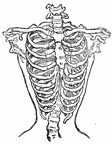 Effects of tight lacing on bony thorax
Effects of tight lacing on bony thorax Normal chest
Normal chest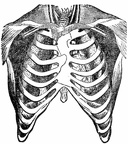 Relation of heart and great vessels to the wall of the thorax
Relation of heart and great vessels to the wall of the thorax Relation of kidneys to heart and great blood-vessels
Relation of kidneys to heart and great blood-vessels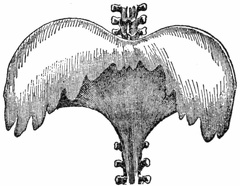 The diaphragm
The diaphragm Diagram showing the action of the curved front corset
Diagram showing the action of the curved front corset Skeleton of head and trunk
Skeleton of head and trunk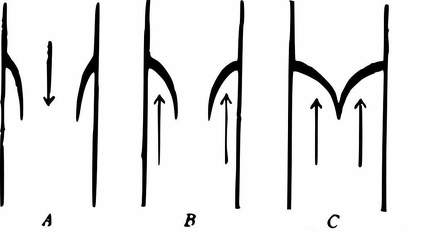 Diagram of Valves in the Heart and Veins
Diagram of Valves in the Heart and Veins Diagram of the circulatory system
Diagram of the circulatory system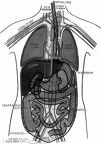 Outline diagram showing general plan and position of body-machinery
Outline diagram showing general plan and position of body-machinery A Tourniquet
A Tourniquet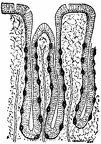 A longitudinal section of stomach, or peptic, glands
A longitudinal section of stomach, or peptic, glands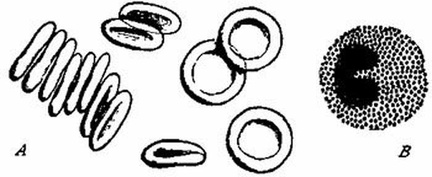 Blood Corpuscles
Blood Corpuscles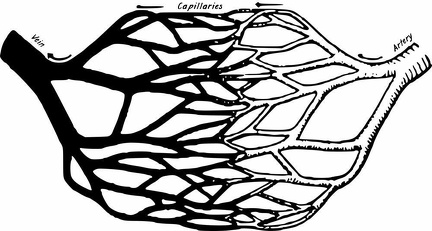 Diagram of artery, capillaries, and veins
Diagram of artery, capillaries, and veins Surface veins and deep-lying arteries of inner side of right arm and hand
Surface veins and deep-lying arteries of inner side of right arm and hand The Nervous System
The Nervous System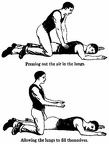 The New Method of Artificial Breathing
The New Method of Artificial Breathing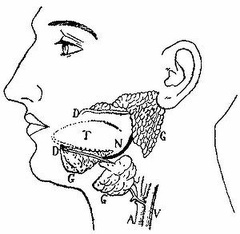 The Salivary Glands
The Salivary Glands The food route in the digestive system
The food route in the digestive system Human skeleton and Body outline
Human skeleton and Body outline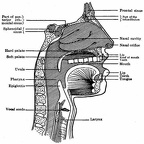 Section of the head and throat locating the organs of speech and song, including the upper resonators
Section of the head and throat locating the organs of speech and song, including the upper resonators Figure shows the limit of full expiration and inspiration of the male, side view
Figure shows the limit of full expiration and inspiration of the male, side view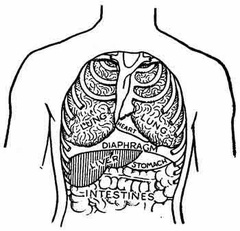 The diaphragm is in form like an inverted bowl
The diaphragm is in form like an inverted bowl Plan of the foetal circulation
Plan of the foetal circulation



